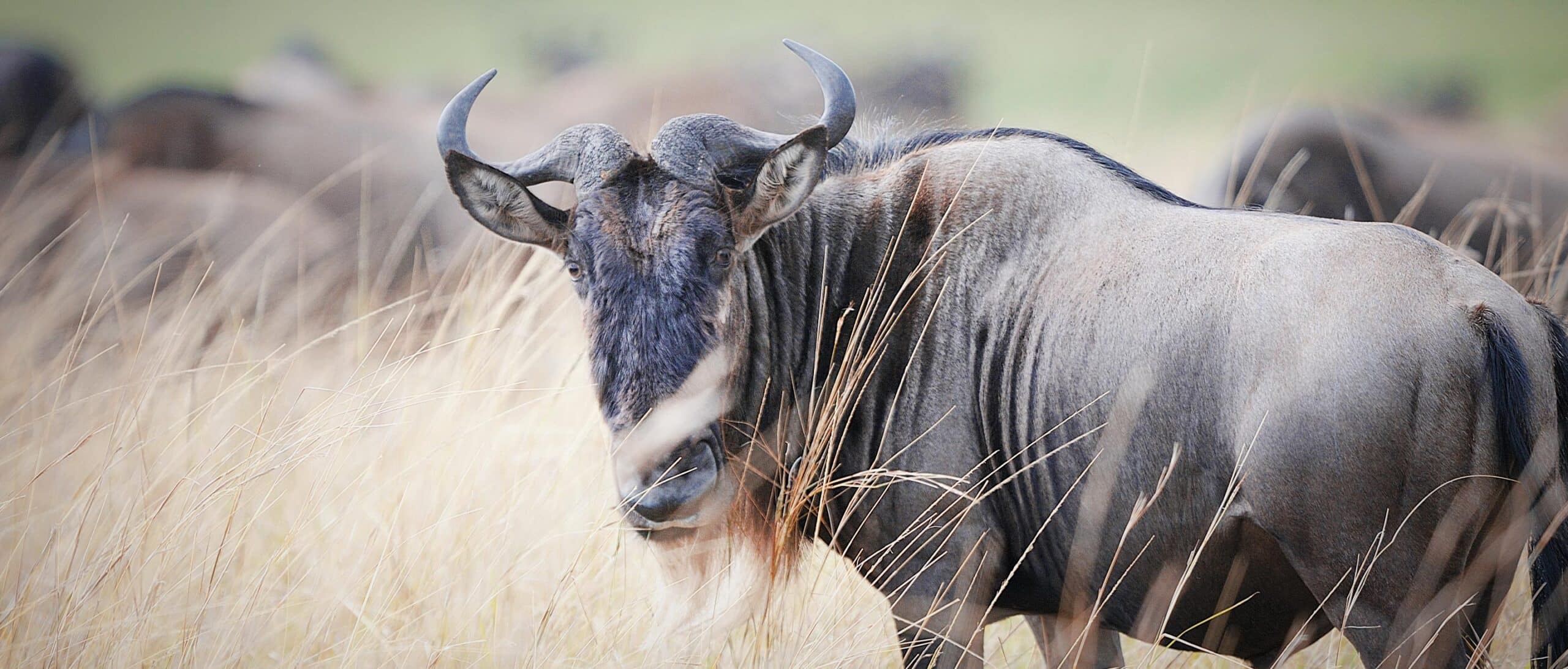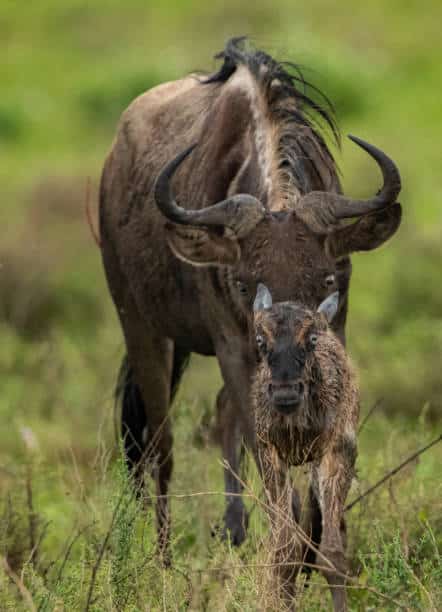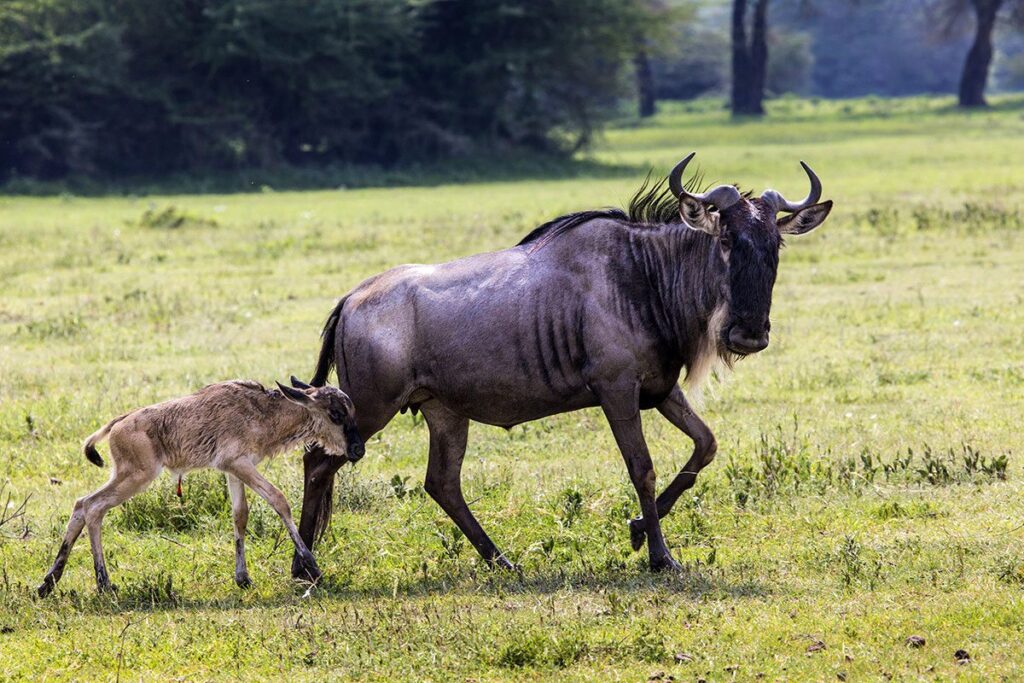
Case Study – Herding Wildebeests
Background
Wildebeests (Connochaetes Taurinus) are also known as “Gnu”, pronounced “nu” or “new” because the “G” is silent. Being a big animal with sharp horns, a wildebeest can inflict serious harm to its predators such as lions and leopards, so it is not completely harmless.
Problem
There are very rare cases of wildebeest attacking people, but an enraged wildebeest can be dangerous, especially due to its big size and sharp horns. Wildebeest can also outrun a lion at speeds up to 50 miles per hour; thus, can also outrun most all-terrain vehicles.
Using a helicopter to move wildebeests through deep ravines in the Texas Hill Country provides challenges for helicopter pilots to avoid steep terrain and associated updrafts. Due to a helicopter’s rotor-noise, and downdrafts, animals you do not intend to move can become injured when they run through trees and fences.
Solution
It’s another use-case for remotely operated drone aircraft to herd wildlife and exotic livestock from one pasture to another. Lone Star ISR pilots used remotely-piloted, commercial/enterprise class drones with a mounted speaker broadcasting sounds of calling coyotes to perform the same task, on short notice and at 1/5th of the cost.
Results
All three wildebeests were safely moved into a new pasture without incident.



Regulatory Notice
All activities herein are lawfully conducted pursuant to the Texas Parks and Wildlife Code, Texas Administrative Code, Title 50 CFR Part 19, and Title 14 CFR Part 107. It is unlawful to count, photograph, capture, or take wildlife or exotic animals by use of aircraft, including unmanned aircraft systems (drones) without an Aerial Wildlife Management Permit in Texas pursuant to Chapter 43, Subchapter G, Sections 43.101-43.112
